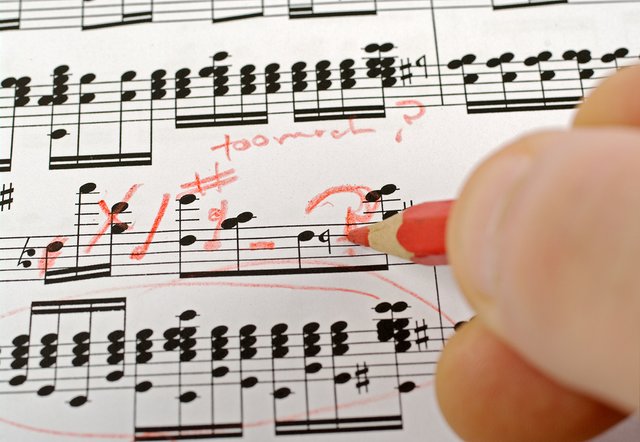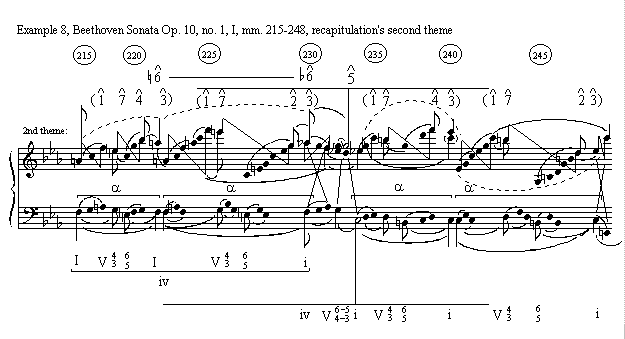Musicology and their ways of analyzing
Only since the 19th century does musical analysis of single compositions exist. Before this time we used to look at music theory and music in its relationship with the world. The organization of musical analysis is based on its relation with musical theories and methods. The theory is used for the rules and the analysis for the specific. Analysis is by nature descriptive.

Bent;
The primary impulse of analysis is an empirical one to get to grips with something on its own terms rather than in terms of other things.
this is an ontological matter; what is music?
This is divided into two extremes, with a grey area in between;
- a composition of tones, musical relations; structuralistic, positivistic and formalistic analysis.
- Music as historic and aesthetic object, analysis with extra-musical aspects.
We can say that number 1 is the formalistic approach and number 2 the historical-aesthetical.

formalistic
Analysis as a medium to form or confirm a theory. They say that history does not add anything important and the best methods are contemporary. They believe in positivist progress and their analytical methods are disconnected from their ideas. They deny any connection between analysis and aesthetics, because they are interested in measurable facts with the accent on structures, systems, coherence and unity. Contrasting though is that these ideas are a form of aesthetic for themselves.

historical-aestetic
They use analysis as a purpose to find the individual and exceptional of a piece. They look at the composition for the sake of its own. They think that history is important for knowlegde and understanding, but only if you use the context of the past; so every method, theory or history you take has to be of the time from which the composition is. Most of them believe that a composition carries a tradition to the present day. They analyse to find the relations between structure and meaning, but they do not use only one method; the music points out which method to use. The aestetics of the time are important, but our prejudices from this time help us understand. Like that, different interpretations will lead to a bigger understanding.
Only question is; where do you look at when analysing?
- form
- melody
- motives
- harmony
- vertical as horizontal
- primair and secundair parameters
- texture
- instrumentation
- text-music ratio
Important off course is to note that between this seperated groups a bigger group of grey field lays where they use aspects of both sides.
Yours Sincerely @inMusicalTerms
With the help of my teacher P. Philipsen
The Classical Music community on Steemit is forming at the tag #classical-music and the discord below. You can find all details about us below.
The classical music community at #classical-music and Discord.
Follow our community accounts @classical-music and @classical-radio.
Follow our curation trail (classical-radio) at SteemAuto